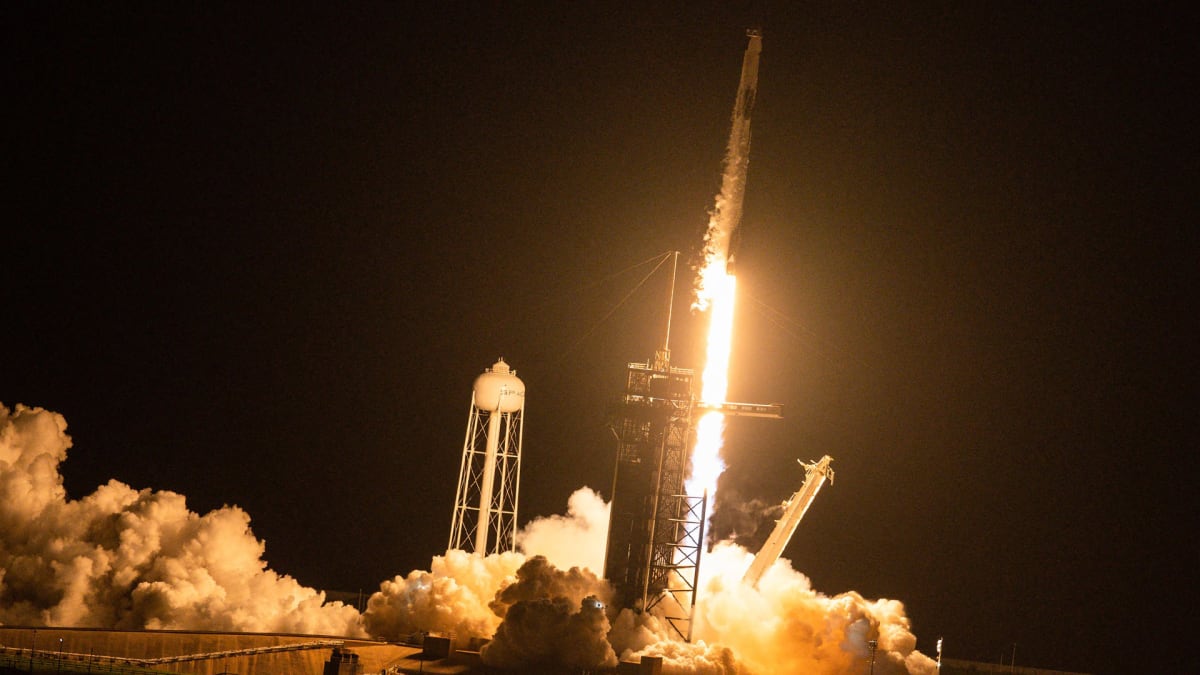
The wait is about to end for space fans, whose dreams have been fueled for a few years now by Elon Musk and SpaceX, his aerospace company.
The billionaire entrepreneur promised that we will conquer planet Mars in our lifetime and return to the moon. He has made these goals universal ambitions and relaunched the conquest of space in which his rival, Jeff Bezos, the founder of Amazon, also takes part.
Bezos founded Blue Origin, which competes with SpaceX.
Going back to Musk and SpaceX, they built the system that was supposed to make their dreams come true. This is Starship, a next-generation rocket, designed to replace the entire current range of SpaceX launchers and separate freight and manned transport systems. These are the Falcon Heavy and the Falcon 9, used for launching satellites, resupplying the International Space Station, and rotating crews.
Optimism
SpaceX had tested the second-stage Starship spacecraft, but only on high-altitude flights rather than in orbit. As a result, the black and silver behemoth had never flown in its full configuration before, with the super-powerful first stage, called Super Heavy, equipped with no less than 33 engines.
Starship has been chosen by NASA to become, in a modified version, the lander of the Artemis III mission, which will bring astronauts back to the lunar surface for the first time in more than half a century, officially in 2025. At 120 meters, Starship is longer than both NASA's new mega-rocket, SLS (98 m), which first blasted off in November, and the legendary Saturn V rocket of the Apollo lunar program (111 m).
SpaceX on April 20 attempted the first orbital flight of this vehicle, without passengers. The rocket exploded mid-flight. The explosion was a real shock for the aerospace industry and space conquest lovers, as the giant Starship rocket exploded in the air over Texas, a few minutes after lifting off. According to SpaceX, this was due to a "rapid unscheduled disassembly” before stage separation.
A successful testing of the spacecraft will pave the way for NASA to use a modified version of the Starship spacecraft to land the first woman and the first person of color on the lunar surface, a mission that will take place no sooner than 2025.
The vehicle could also be deployed to ferry supplies to the moon, to help build NASA's proposed moon base. NASA is currently targeting the late 2030s for the first astronaut mission to Mars.
Since the explosion, Musk continued to be optimistic, saying that SpaceX will be ready for another flight very soon. Last month, he even went so far as to set the date in around two months.
"Major launchpad upgrades should be complete in about a month, then another month of rocket testing on pad, then flight 2 of Starship," he said on May 26.
July-August
He just got even more specific. The tech mogul has just indicated that the next attempt at Starship's orbital flight could be as early as six weeks from now, which would mean late July, or up to eight weeks, in other words, mid-August.
"@elonmusk when is the next Starship test?" a Twitter user directly asked the billionaire on June 13.
"6 to 8 weeks," he responded without hesitation.
In the aerospace world, the calendar is often changing, because it depends on many factors, including the weather. It is likely, therefore, that Musk's very ambitious timeline may be extended.
The Starship explosion was not a failure for SpaceX, experts say. The fact that the rocket succeeded in taking off from its launch pad is already a huge achievement. The purpose of the flight, say these experts, was, above all, to collect as much data as possible to improve the prototypes and that is what happened, because the rocket was able to take off.
The orbital launch of Starship is viewed as a leap forward for humanity, as a stepping stone for reaching the Moon, then Mars, while carrying tons of cargo.







